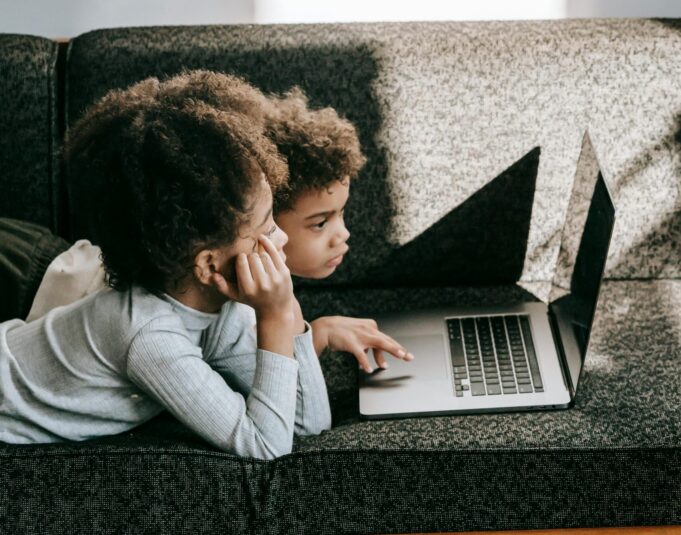Globally, children’s eyesight is worsening, primarily due to an overabundance of screen time on electronic devices. A worldwide investigation recently reported in the British Journal of Ophthalmology revealed an increase in the prevalence of myopia, or nearsightedness, among children in recent years.
The researchers attributed this trend to children spending more time engaged in close-range activities, such as using smartphones, viewing television, and engaging in video games, especially during the COVID-19 pandemic.
“These findings are an important step towards understanding the trends in myopia over time,” the report said, “particularly in populations experiencing rapid transitions in myopia and the significant surge during the special period of the COVID-19 pandemic.”
The report is titled, “Global prevalence, trend and projection of myopia in children and adolescents from 1990 to 2050: a comprehensive systematic review and meta-analysis.”
The research examined over five million young people from 50 nations across all six continents. They found that myopia rates increased threefold between 1990 and 2023, reaching 36 percent. Researchers observed that this surge was “particularly noticeable” after the COVID-19 pandemic.
However, myopia has been steadily increasing for years, even before the pandemic, with the prevalence among children rising over the past three decades. Projections from the report indicate that this trend will continue, with myopia expected to exceed 740 million cases by 2050.
“When we were in school, it was blackboards, then whiteboards and projector screens. Learning is so integrative now and personalized with tablets and laptops, the visual system is overworked,” Dr. Gabriel Russell told The Final Call.
He’s a nationally board-certified optometrist who holds state board certifications in Pennsylvania and Georgia where he currently resides. (See The Final Call Vol. 42 No. 31)
“The child is almost always looking at some device up close,” he said.
Dr. Russell explained that the constant uninterrupted looking at something up close changes the eye. To maintain eye health, it is crucial for children’s developing eyes to regularly shift focus between close and distant objects.
The likelihood of developing myopia/nearsightedness significantly increases when children spend extended periods indoors, particularly when fixating on small screens for prolonged durations.
Exacerbating the problem is that young people feel the need to continue watching the screen to accomplish something, view the next thing, and find it hard to turn away.
Dr. Russell explained that back in the day, children could play on Nintendo or other video games, pause, go outside, play, and come back to that same spot in the game. Things are different today. Children are glued to the screen because they are afraid of losing or missing something.
The CDC recommends parents limit their children’s screen time and encourage more outdoor play. “Many children spend hours each day doing near-vision activities. Going outdoors allows them to look at distant objects. This lets their eyes recover from strain and fatigue,” the agency explains. “Playing outdoors also helps kids to be physically active and get essential vitamin D.”
While genetic factors can contribute to myopia development, environmental influences such as muscle strain are also common causes. This condition typically begins during early childhood and progressively worsens as an individual ages.
Nations with the highest prevalence of myopia include Japan (86 percent), Korea (74 percent), and Russia (46 percent). These statistics also show a connection to earlier school enrollment, which puts increased pressure on children’s eyes to concentrate on academic tasks.
For instance, in Asian countries, children may begin schooling as young as two years old. In contrast, African children typically start school between ages six and eight. The likelihood of developing myopia in Africa is seven times lower compared to other parts of the world.
Dr. Russell recommends the following: “We have to build gaps and pauses in our day to look away from these screens in order to have good functional eye health and overall efficiency of our vision.”













